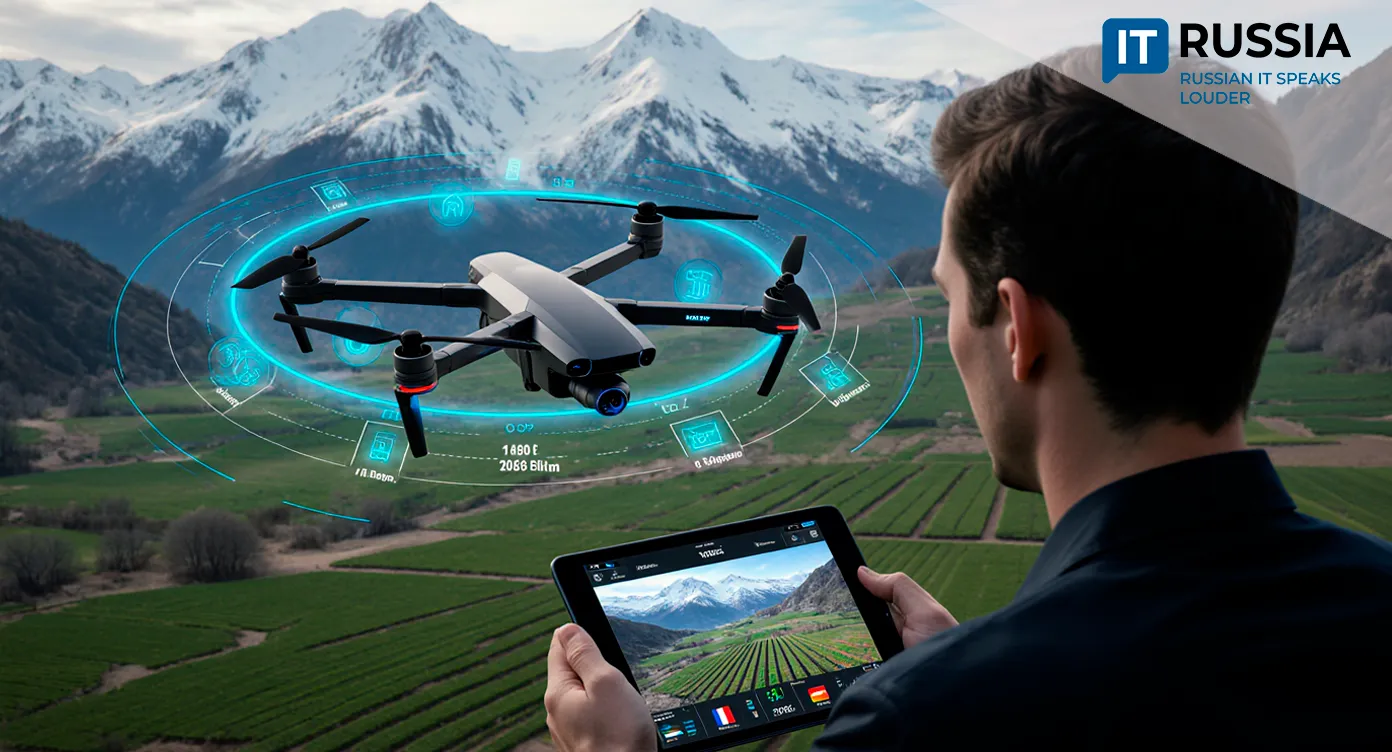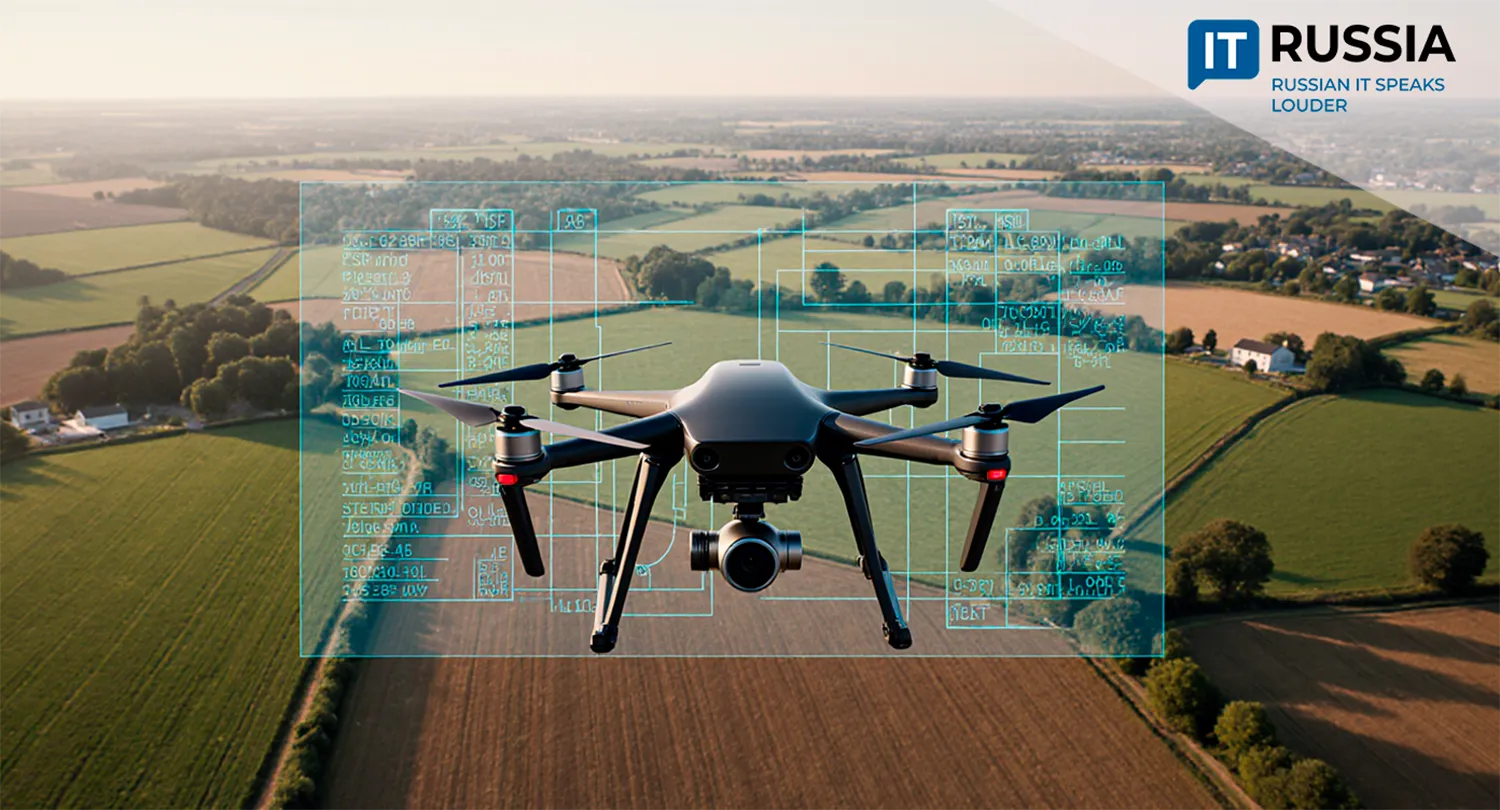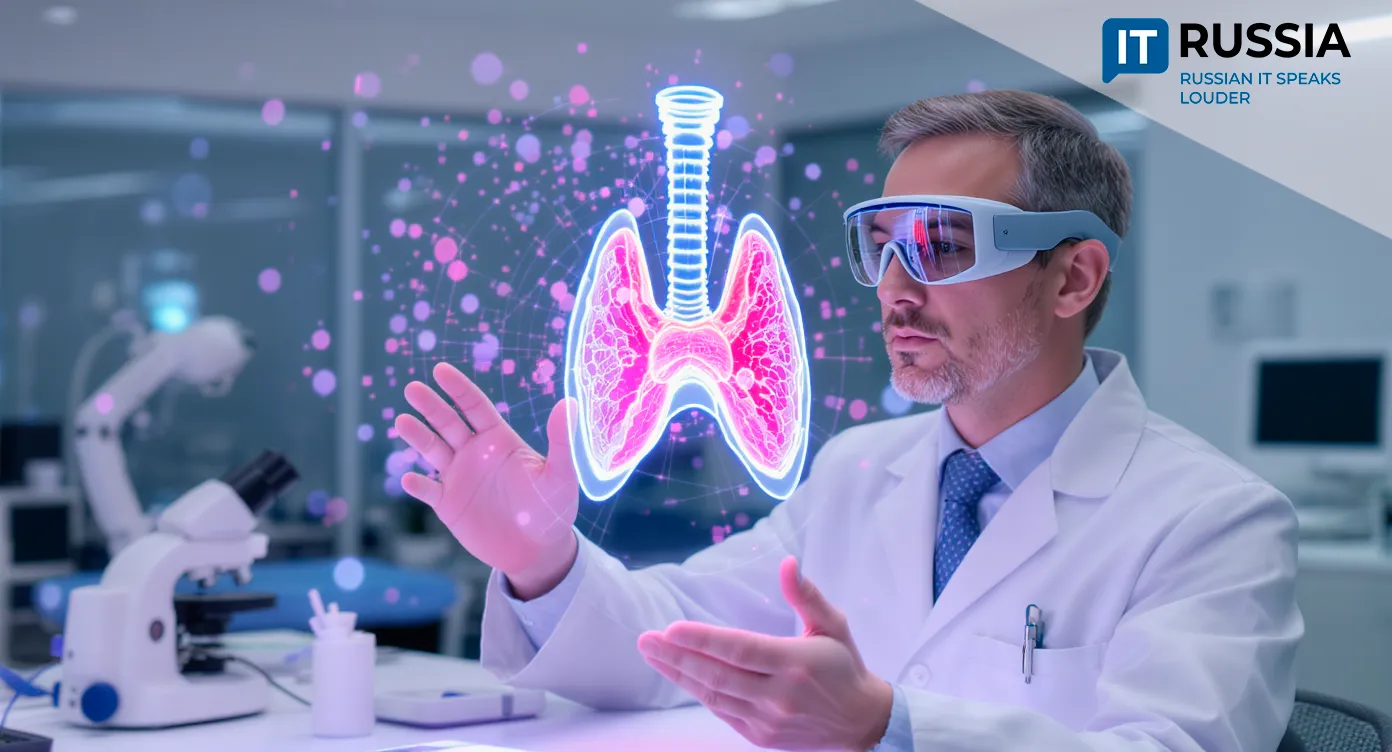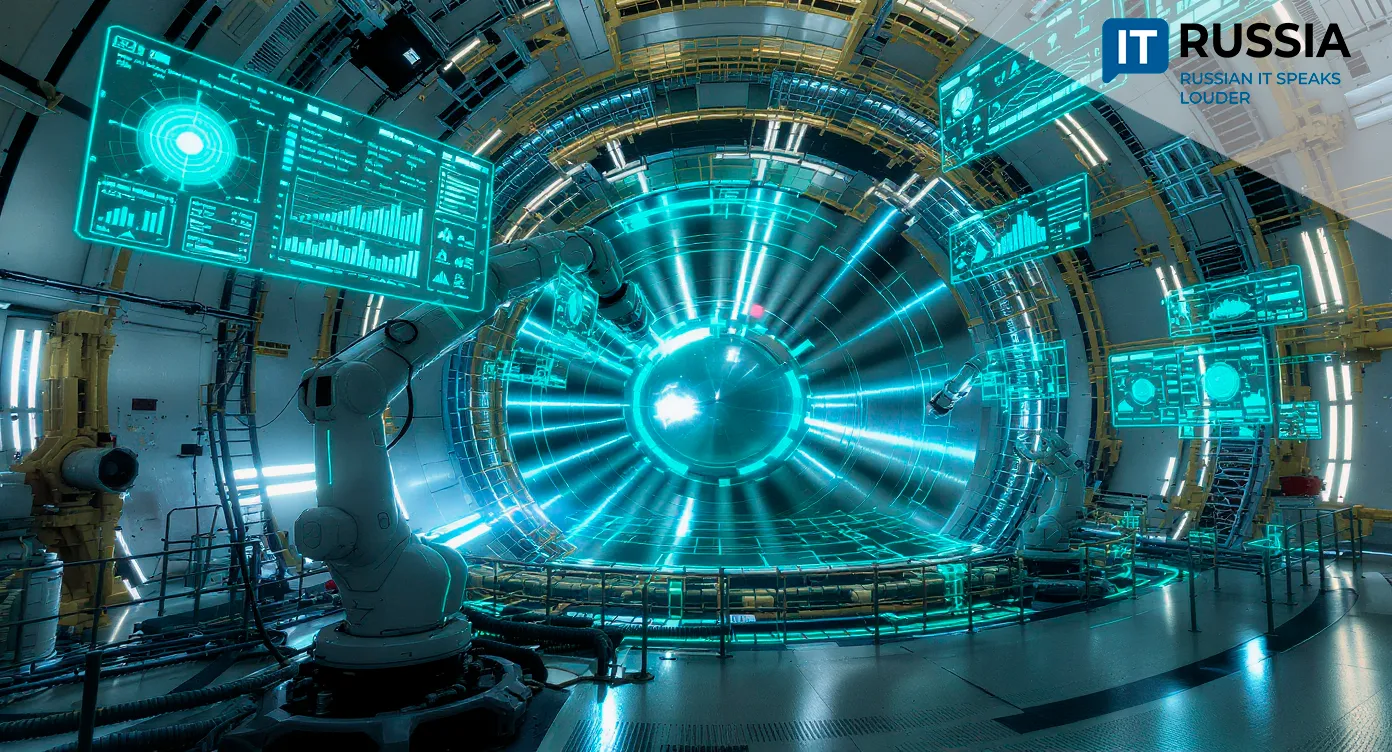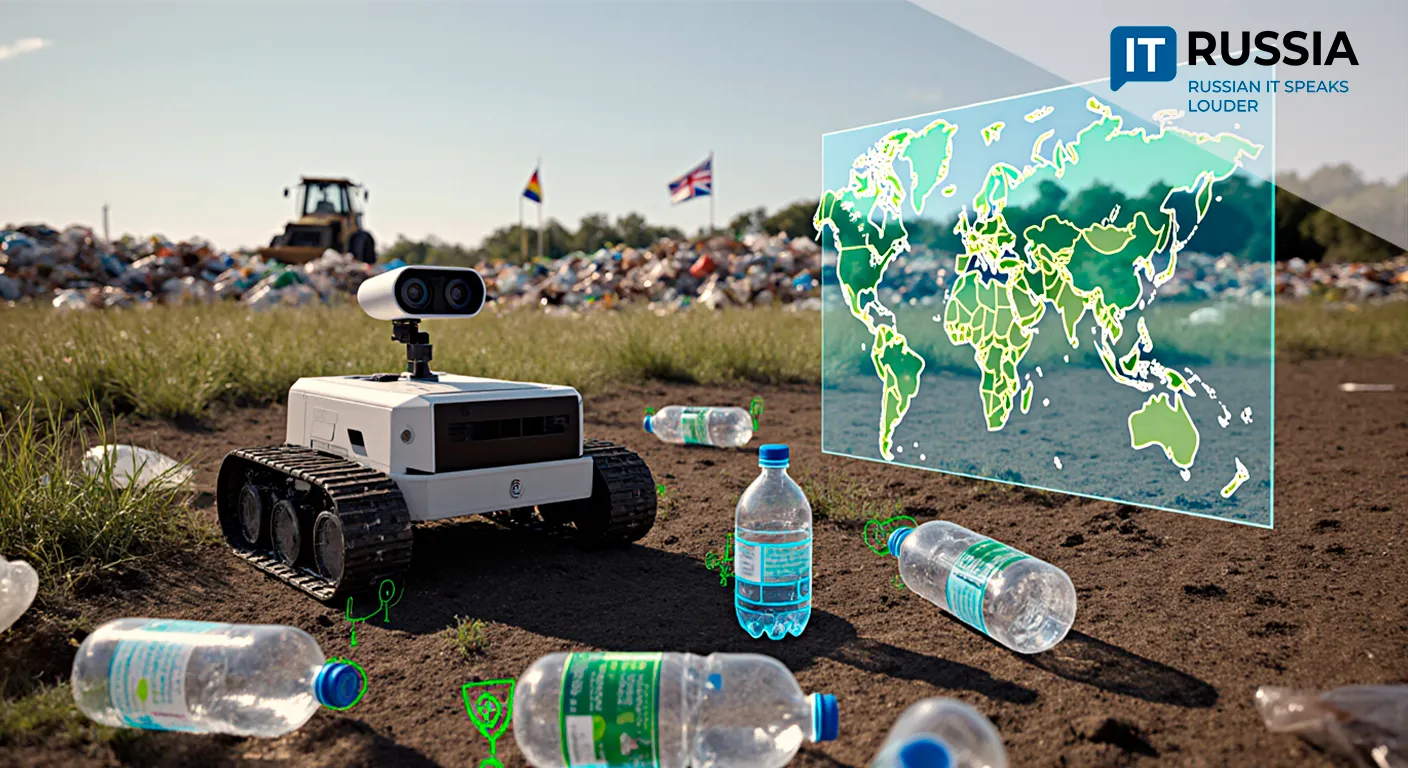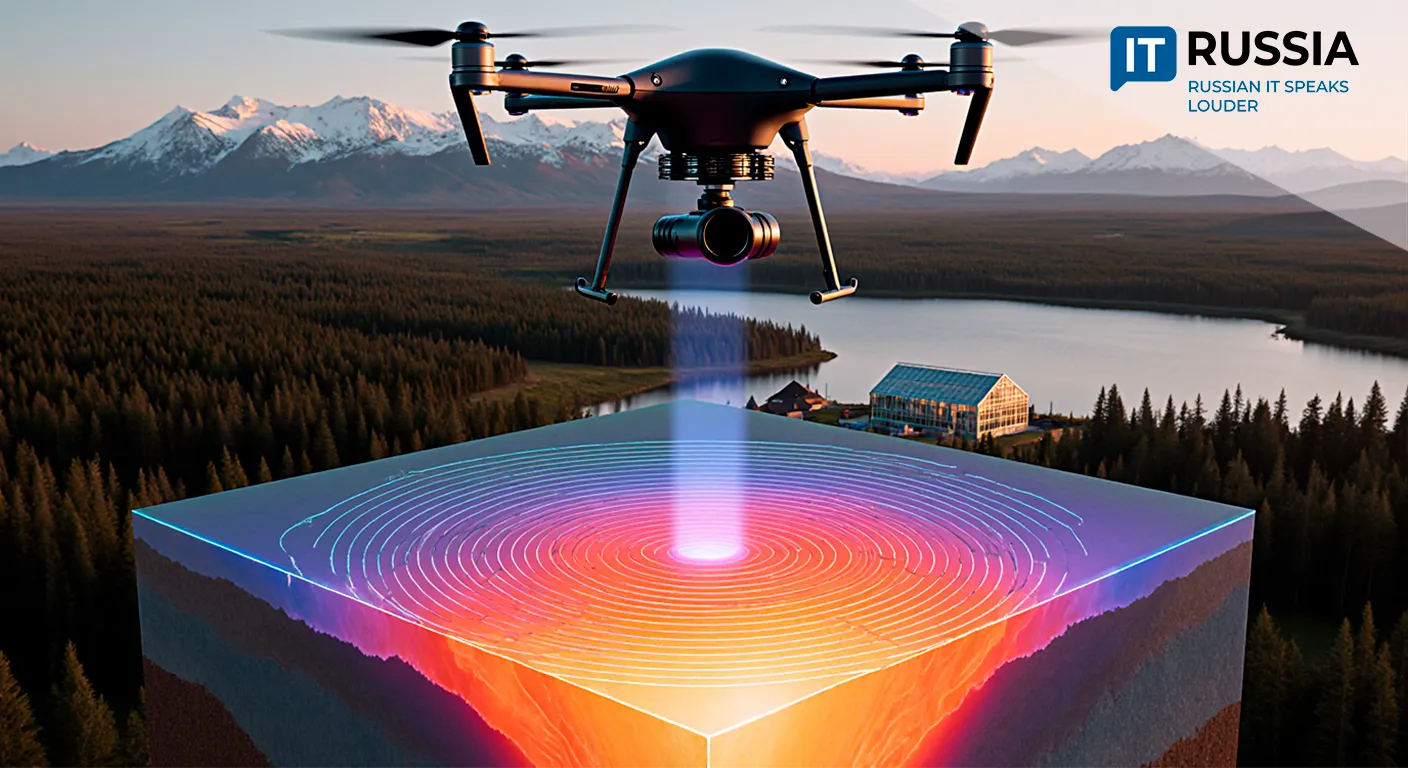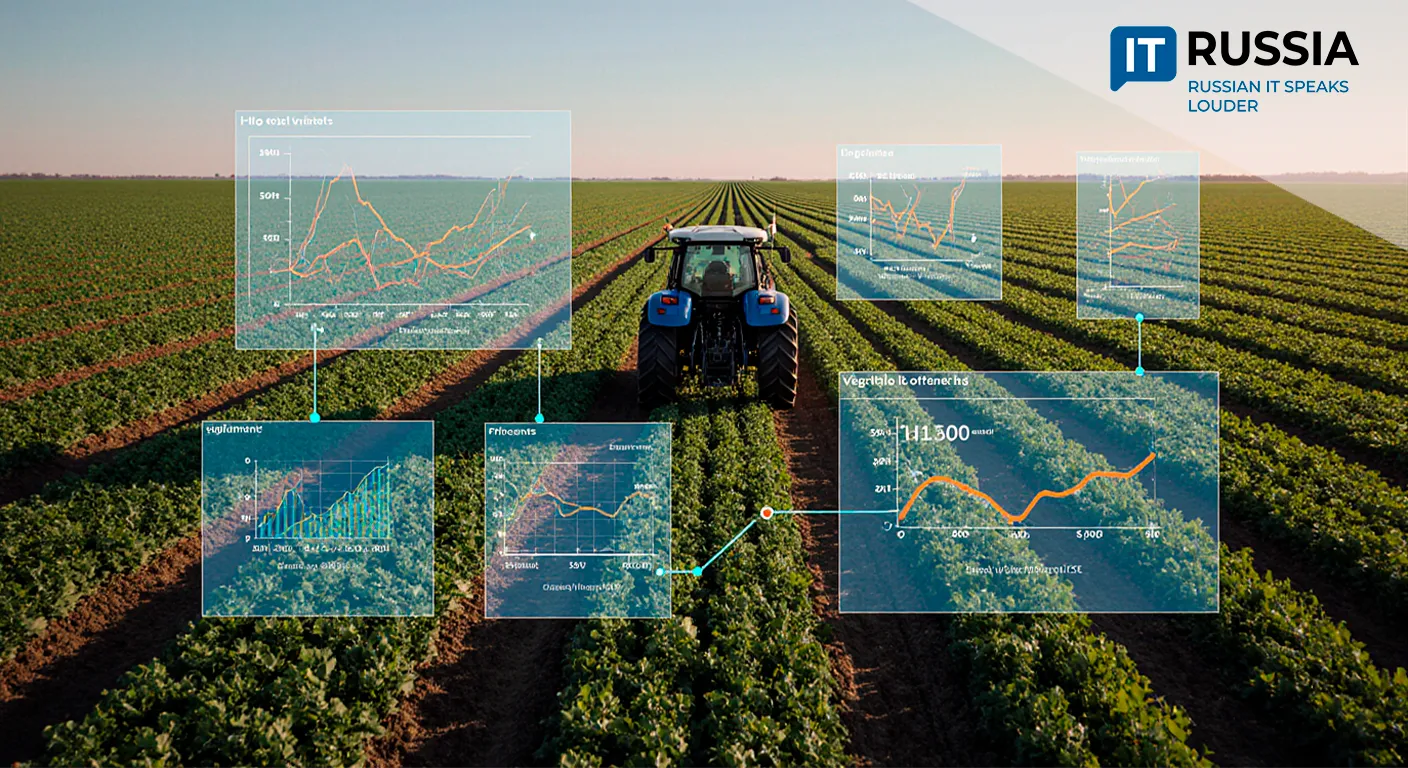Deep Diagnostics
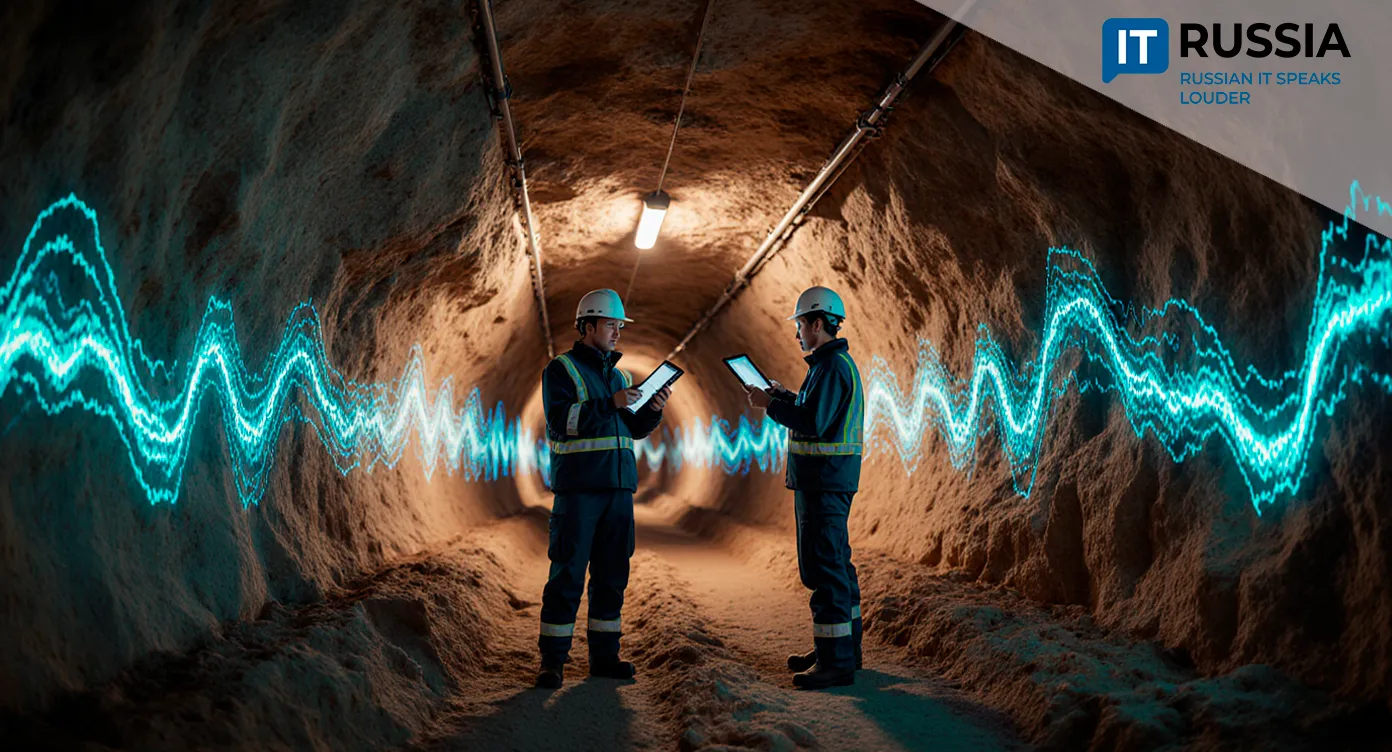
In Russia’s Kemerovo region, research funded by a grant from the Russian Scientific Society has produced results that could reshape the way the mining industry approaches safety.
Into the Darkness of the Tunnels
A team of scientists from Novosibirsk has, for the first time, successfully adapted the multichannel analysis of surface waves (MASW) method for underground use. Their “patient” was an abandoned railway tunnel on the Artyshta–Tomusinskaya section in Kuzbass. Traditionally used on the surface, MASW employs the propagation of seismic waves to “scan” the ground—this time applied to the depths of tunnels and mine workings. The goal is not academic; it’s about protecting one of Russia’s most critical industries.
What Ails the Mines?
Underground mine workings—shafts, tunnels, and drifts—are complex, “living” structures that age over time. Their main “illnesses,” each capable of causing disasters, include:
- Voids behind supports, where gaps form between the lining and surrounding rock, creating hidden pockets ready to collapse.
- Zones of fracturing, where networks of small cracks create stress concentrators and structural weaknesses.
- Water-saturated areas, where water infiltration can trigger breakthroughs and cave-ins.
Conventional diagnostic methods are often too invasive, insufficiently precise, or require halting operations. MASW functions like a geological ultrasound, detecting such anomalies non-invasively and with high detail. The researchers demonstrated that the method can work effectively in the confined spaces of underground workings, where wave propagation is complicated by the man-made environment.
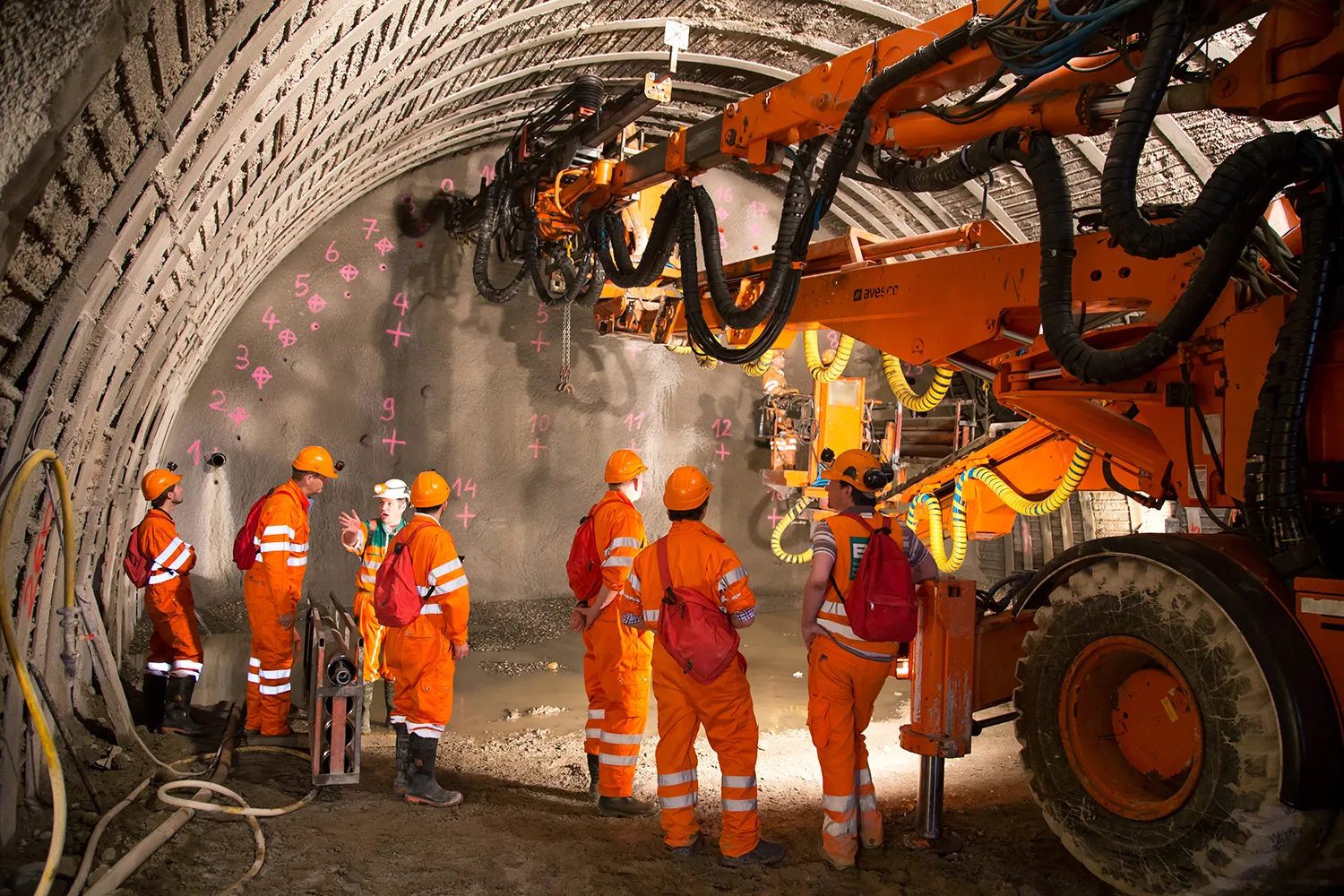
A Game-Changer for Mining
MASW opens the door to regular, relatively quick, and highly informative inspections of underground structures, transforming safety from reactive to proactive. The method saves millions: preventing a catastrophe is always cheaper than eliminating its consequences, and targeted repairs based on precise diagnostics optimize maintenance budgets. The diagnostic process itself is less costly and labor-intensive than previous approaches.
Most importantly, early detection of hazards helps prevent accidents and save lives. Lower accident rates directly improve human capital and strengthen company reputations.
Compelling Statistics
Over the past five years, the use of geophysical methods for safety in Russian mining has grown by more than 40%, according to industry reports. In 2023, Kuzbass introduced ground-penetrating radar for tunnel monitoring. In 2022, Norilsk Nickel applied seismic surveys to detect dangerous zones in its mines. Going back further, vertical seismic profiling was piloted in Rostov coal mines in 2020.
The industry has been building toward a comprehensive geophysical “healthcare” system for its underground assets. The adaptation of MASW is a logical and powerful addition to this toolkit.
From Kuzbass to the World—and to the Cloud
Novosibirsk scientists have given mining a powerful “flashlight” to illuminate hidden underground threats. Investing in such technology protects lives and bolsters the resilience of a strategically important sector.
The next development phase is creating portable MASW units for rapid-response underground teams, expected within 2–3 years. Integration with AI and digital twins is a natural step: feeding MASW data into automated mine monitoring systems would produce more accurate risk models and predict rock mass behavior.
These innovations are well-received in countries with advanced underground mining sectors, such as South Africa, Canada, Australia, and China. The key to adoption abroad will be adapting the method to local geology and safety standards—an interesting challenge for Russian IT firms in data processing and modeling. High-risk geodynamic zones, including tectonically active regions, are the next frontier for MASW applications.


